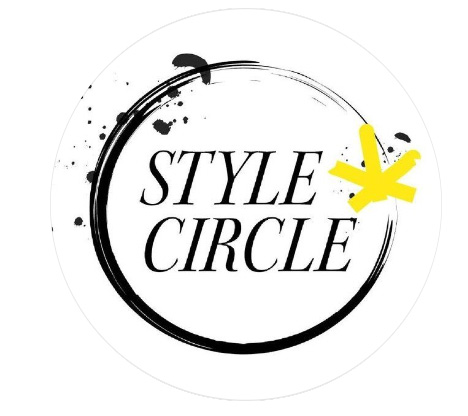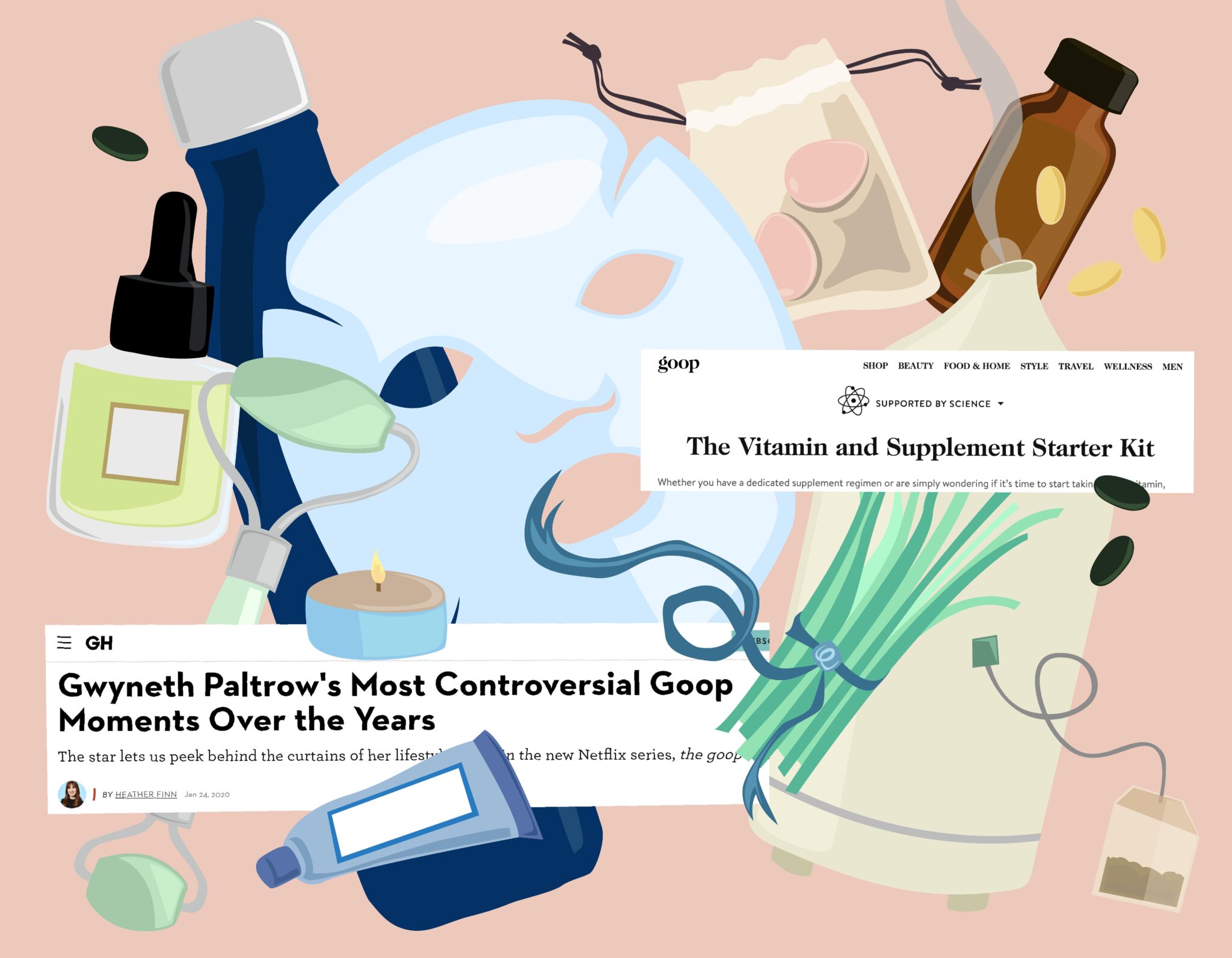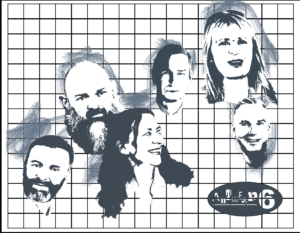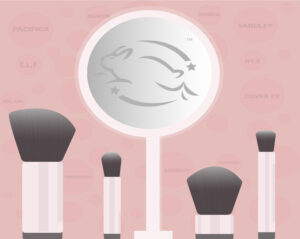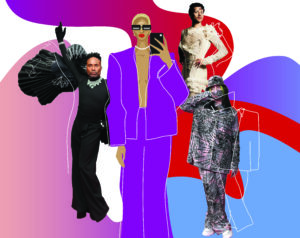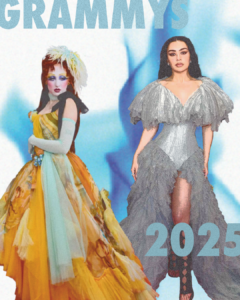GRAPHIC DESIGN Zoe Statiris
“GOOP— A Modern Wellness Brand” is the internet search tagline for Gwyneth Paltrow’s multi-platform company promising to “start hard conversations, crack open taboos, and search for connection and resonance from a place of curiosity and non-judgment.” GOOP is one of many companies establishing themselves in the wellness industry, and working themselves into the intimate conversations we have when navigating mental health. As a young person struggling to connect with my own well-being while managing multiple diagnoses, I’m encouraged to ask the question: How can my wellness be represented in a 360 g, 30-day supply of box of “GOOPGENES”, at $132.00 CA?
How can my wellness be represented in a 360 g, 30-day supply of box of “GOOPGENES”, at $132.00 CA?
According to the Global Wellness Institute, the global wellness economy represents 5.3% of global economic output, equivocal to $4.5 trillion in the year 2018. The wellness industry is huge, and recognizes categories like ‘Wellness Real Estate’, titles that, quite frankly, don’t trigger any immediate definitions in my mind. Yet still, many of the industry sectors tracked by the Global Wellness Institute are ones with which I see myself as an active participant.
For example, “Personal Care, Beauty, and Anti-Aging” is a part of my everyday morning and night routine, and runs me a good percentage of my student budget each month as a self-proclaimed ‘skincare addict’. When I treat my body the best I know how, I am actively participating in both the ‘Healthy Eating, Nutrition and Weight Loss’ sector, as well as “Fitness and Mind-Body”. My employers demonstrate a similar commitment to personal health by investing in the “Workplace Wellness” sector. Conducting a critical self-audit between wellness sectors identifies their relevance to the lifestyle currently I lead. However, what about the lifestyle I aspire to lead? More importantly, why start with wellness and not health?
There is, as with most issues, both a short and long answer to the question: Why does wellness work itself into conversations more often than health?
If health is defined by the Global Wellness Institute as “a state of complete physical, mental and social well-being and not merely the absence of disease or infirmity”, then wellness must be something else. I’m led to believe that, if health indicates that our core needs have been both met and surpassed, wellness has stronger ties to capital gain than it does to my capacity for personal fulfillment.
In fact, ’Health’, according to GOOP.com, is a mere subcategory to ‘Wellness’. The Global Wellness Institute explains, “wellness is associated with an active process of being aware and making choices that lead toward an outcome of optimal holistic health and well-being”. In short, wellness is a lifestyle. While the pursuit of peak well-being is not inherently problematic, the persistent use of ‘wellness’ in place of ‘health’ throughout popular media plays into the notion of health as universally accessible.
It’s crucial to recognize that the widely interchangeable use of ‘wellness’ vs. ‘health’ is not isolated within the wellness industry. The Mindfulness Movement is projected to reach #1 in wellness growth sectors by 2023. This signifies a definite relationship between the wellness industry and resolving mental illness, purely on the basis of language.
While the true origins of mindfulness practices likely stem from Eastern religious practices, contemporary mindfulness is rooted in the Western practice of Cognitive Behavioural Therapy (CBT). Many of the vernacular used within CBT, allowing patients to accurately assess and respond to their perception of reality, have been adopted to promote and drive sales of products marketed towards individuals interested in mindful practices.
We all know that language is a powerful marketing tool that can be used to align brands with consumer interests. Companies like Paltrow’s GOOP are co-opting the language that has been used in treating my mental illness in order to sell the infamous candle named ‘This Smells Like My Vagina’— did I mention the candle is priced at $107.00 CAD?
…brands such as Gwyneth Paltrow’s ‘GOOP’ have reaffirmed that the wellness industry is a luxury good…
Unfortunately, the wellness industry demonstrates that it will always be fashionable for one’s own means to exceed the needs of others. I feel that brands such as Gwyneth Paltrow’s ‘GOOP’ have reaffirmed that the wellness industry is a luxury good, and is simply not for me. The truth is, it may never be.
At its core, the wellness industry commercializes the need for physical, mental, and social well-being. As a student who struggles to balance chronic mental illness, the wellness industry perpetuates a unique dynamic of ‘otherness’. Rather than cultivating a space for self-betterment, the wellness industry emulates the self-care we all genuinely need, but harbours false expectations and disappointment for those of us who may never have a full experience of health— let alone wellness.
Here are the words GOOP imparts onto its web visitors,
‘At goop, we believe wellness is deeply individual. One woman’s path to health may call for sobriety; another’s may involve a nightly whiskey ritual.’
One thing is for sure, my holistic path to wellbeing won’t lead where I need it to go while investing in GOOP and Paltrow’s wellness empire.
